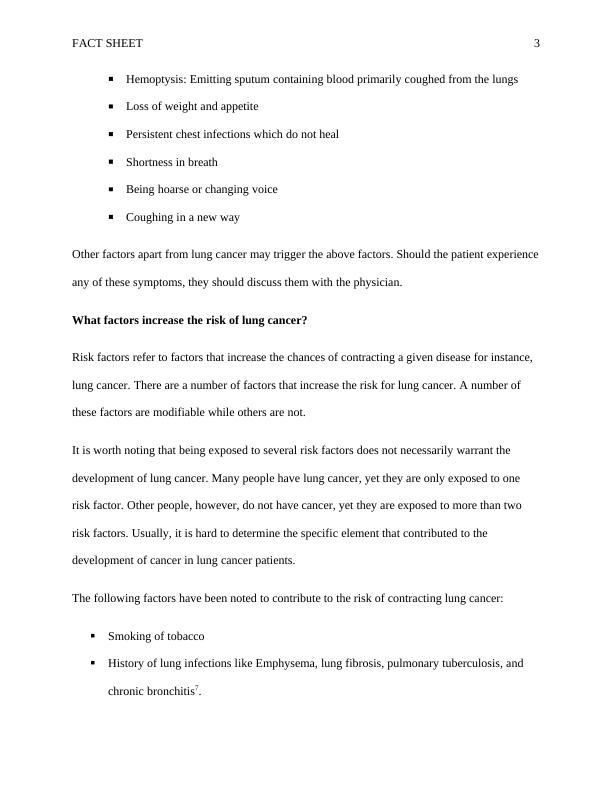Lung Cancer Fact Sheet
Added on 2023-01-05
7 Pages1554 Words88 Views
End of preview
Want to access all the pages? Upload your documents or become a member.
Palliative Care Practice for Lung Cancer Patient - Medication Management Review
|15
|3825
|250
Drug Therapy for Lung Cancer: Pathophysiology, Pharmacokinetics, and Side Effects
|16
|3821
|163
The National Tobacco Campaign (National Tobacco Campaign) aims to reduce tobacco exposure for all Australians
|15
|4004
|391
Plan of Care for Lung Cancer Patient: A Case Study of John Smith
|7
|1917
|294
The case of Harold Shipman True Crime Nightmare
|13
|3834
|18
NUR250 Assessment 1 S1: Pulmonary Function Testing
|14
|3614
|16



